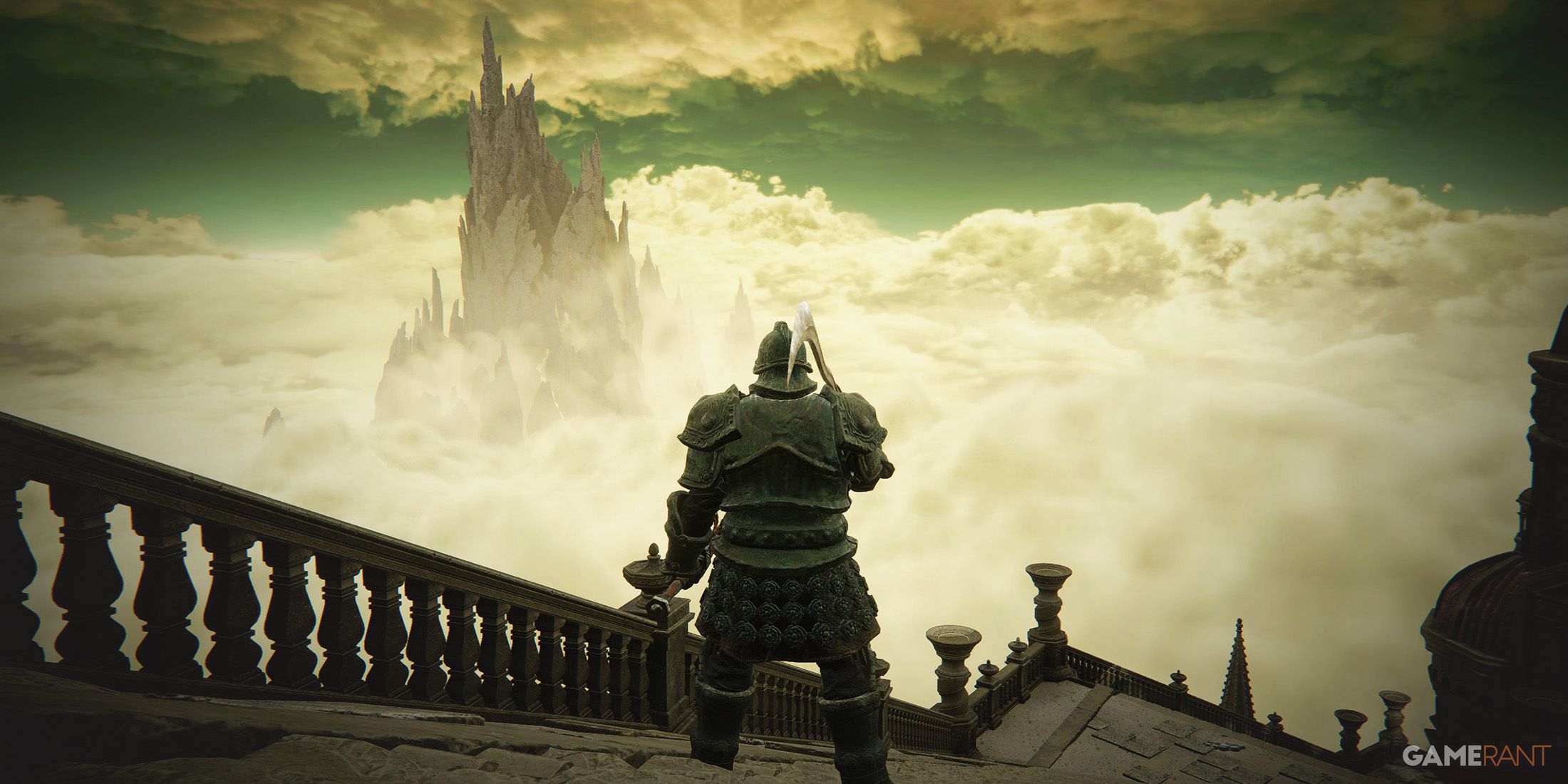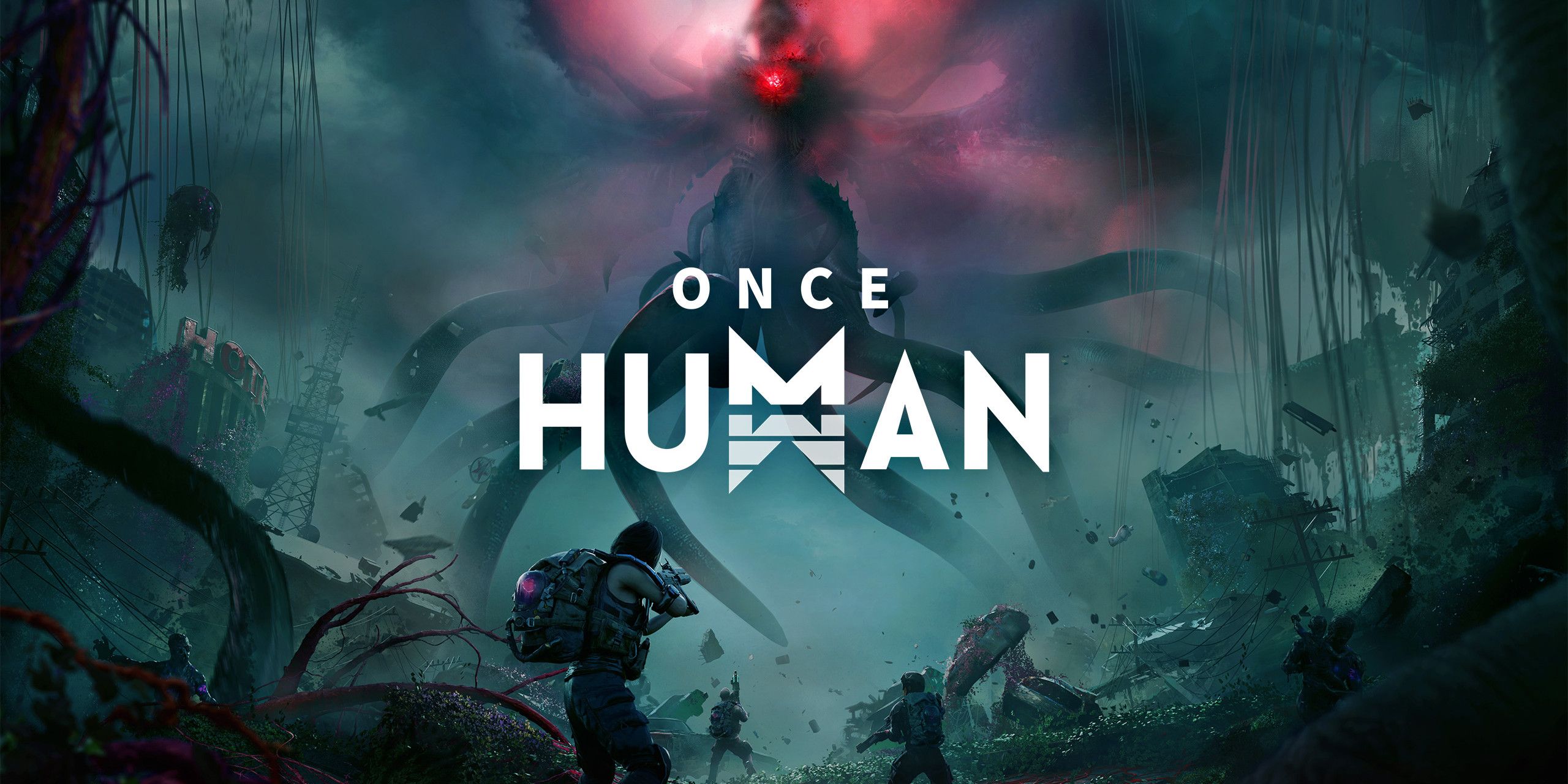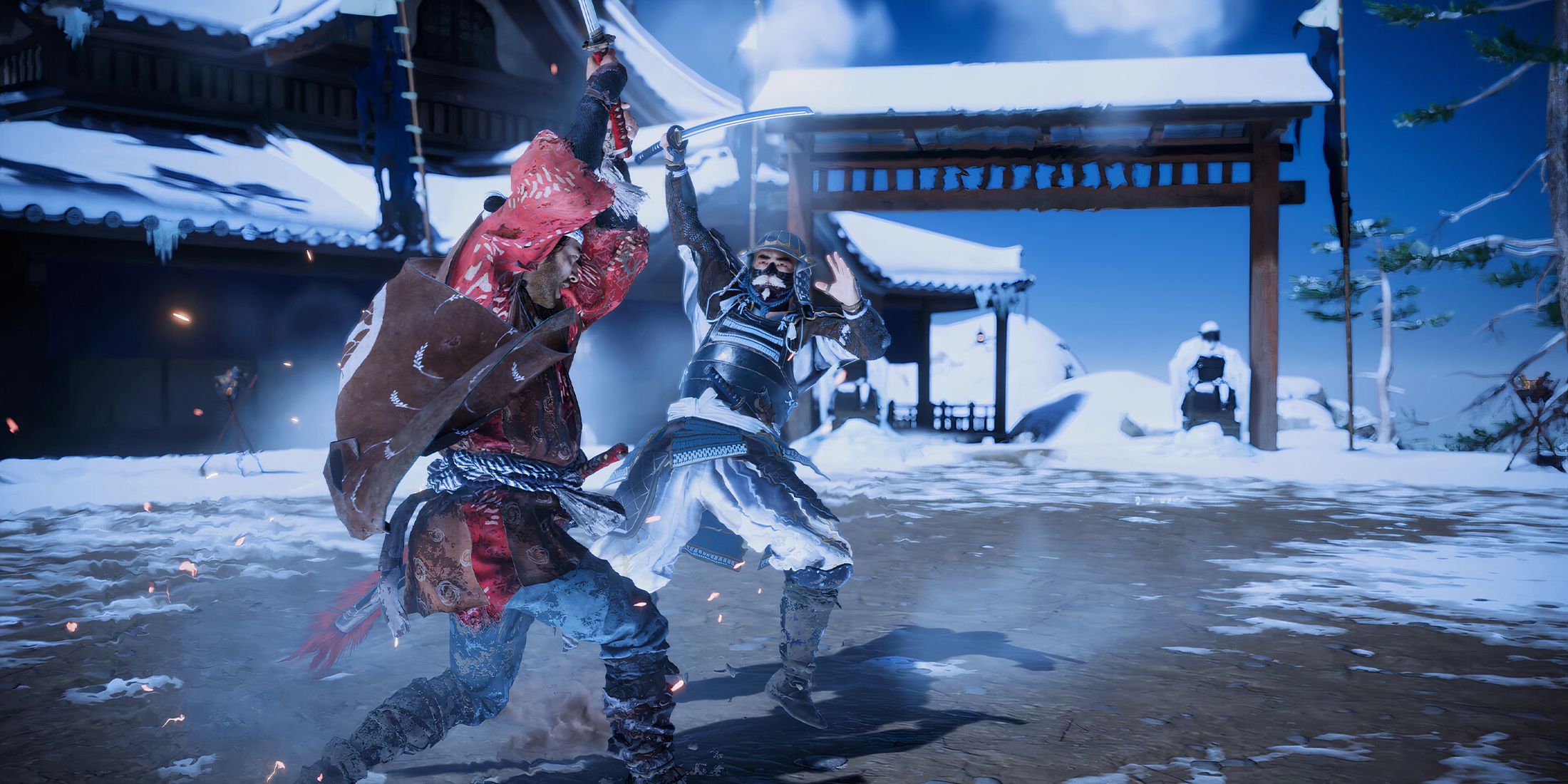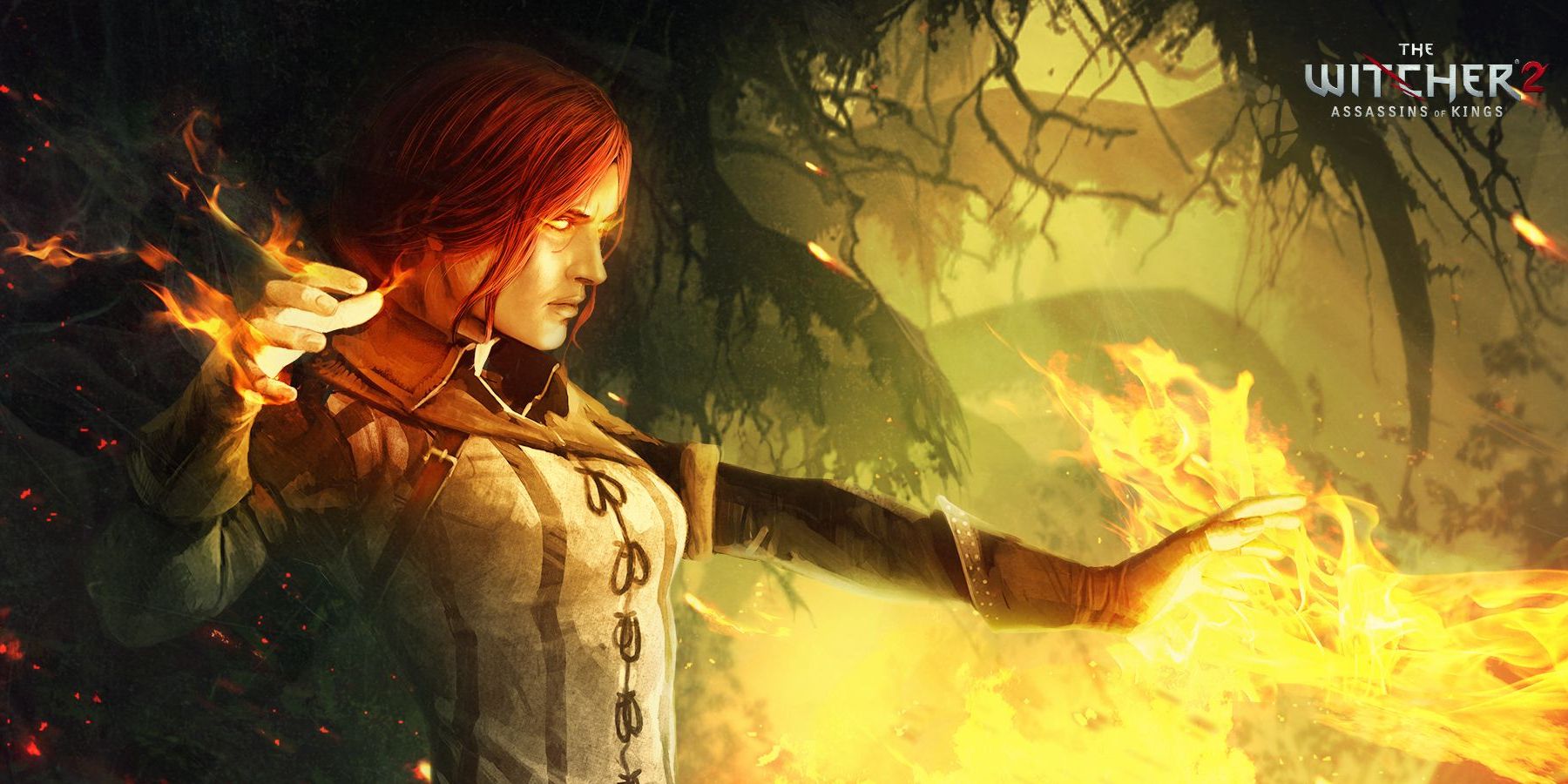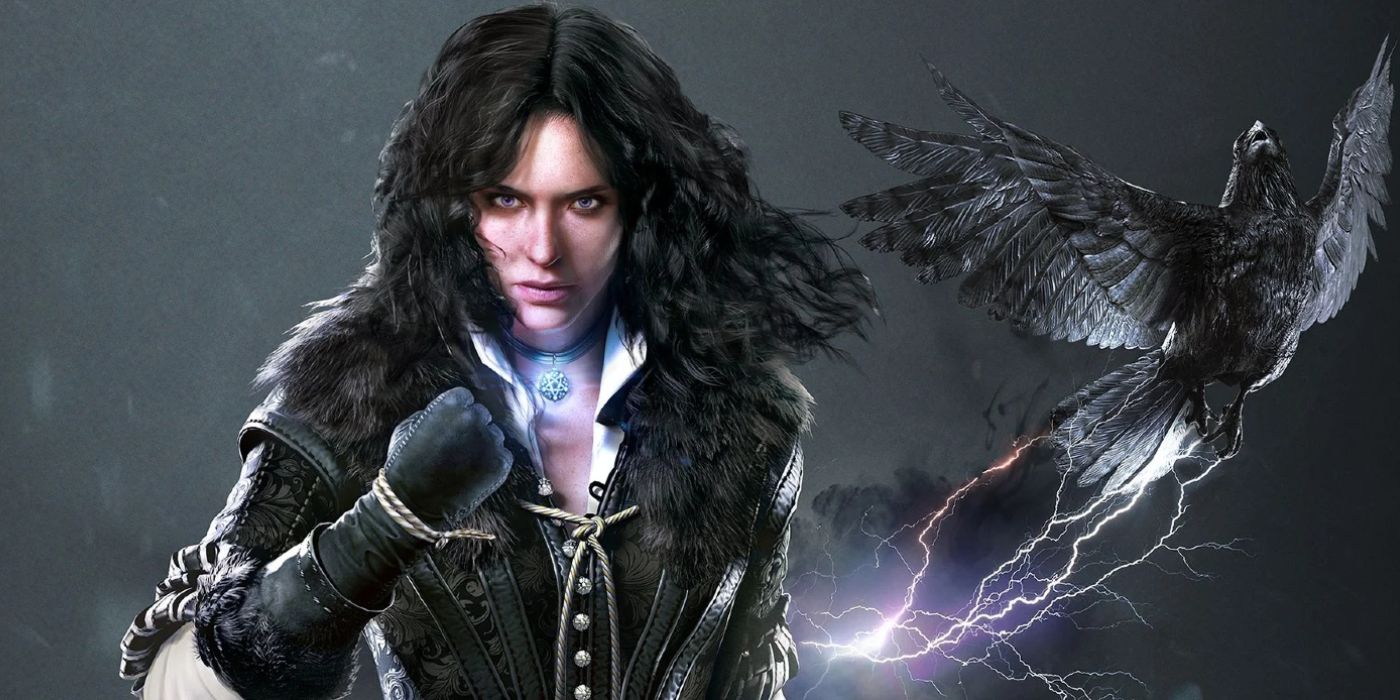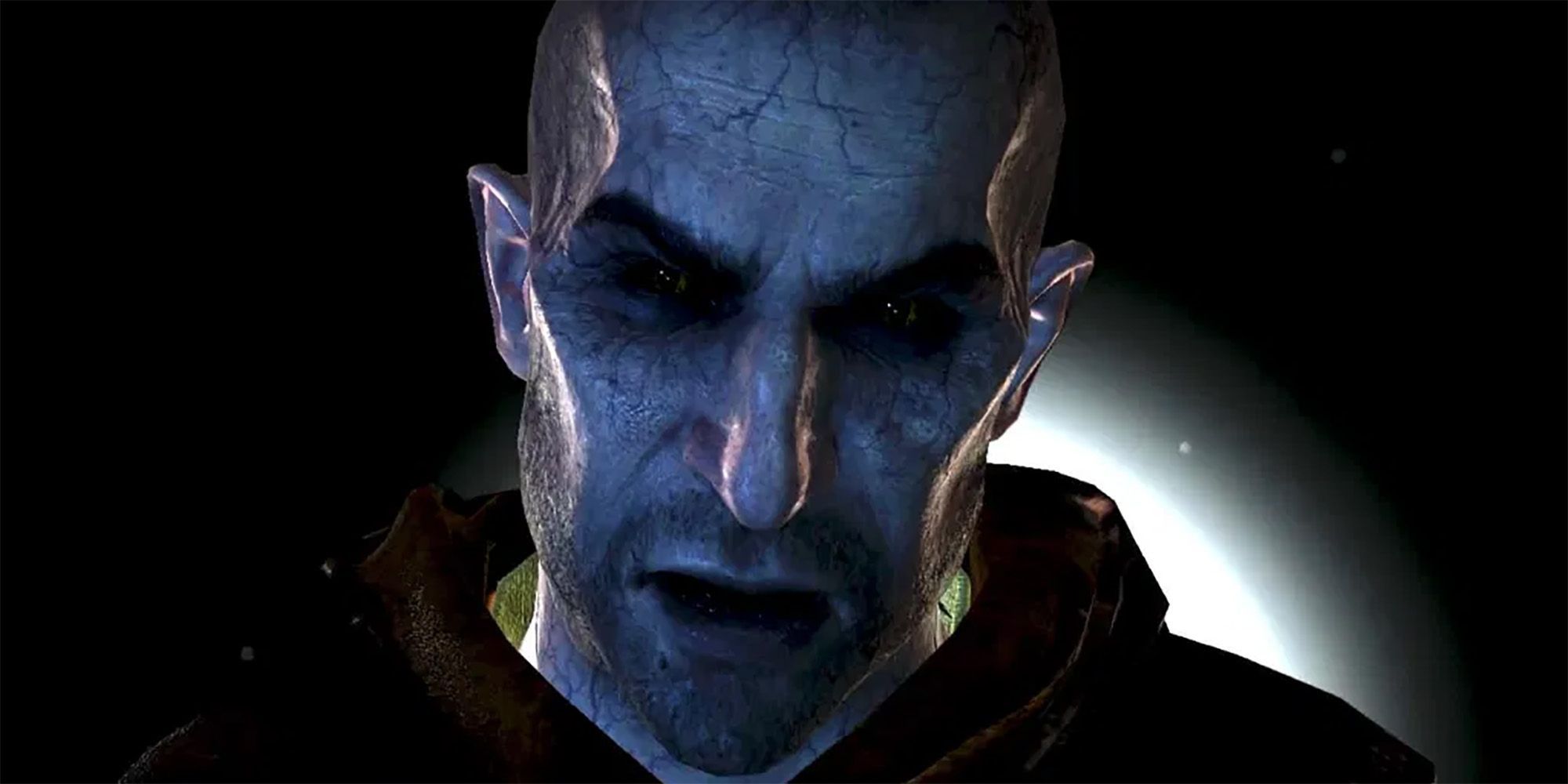Magic is rampant in the world of The Witcher. It’s present in Geralt’s Signs, Yennefer’s spells, and in Ciri’s very existence. In the hands of a skilled mage, it could prove extremely useful or, extremely destructive, depending on how people look at it.
That said, how magic works isn’t really explained in the games of The Witcher series. Its presence in the world is normal and generally accepted by even the common folk. Still, magic and the use of it operate on very strict laws and manmade rules that prevent mages from mishandling it.
Magic in The Witcher Explained
Magic is a force that entered the world of The Witcher during the Conjunction of the Spheres. Following this, many of the world’s inhabitants began to study it, learning how to harness its power. This allowed them to perform all sorts of feats that a normal human would be incapable of — telepathy, pyromancy, divination, and more.
Its multifaceted nature is described in detail in Blood of Elves, while Yennefer is teaching a young Ciri how to use it. She relates magic to three things: Chaos, art, and science. Magic is Chaos because, when used unwisely, it could very well cause the destruction of the world. It is art because it is capable of producing many extraordinary things, though only in the hands of someone competent. And, finally, it is science because it demands extensive knowledge to be mastered, but with which a mage can make progress — for themselves and the world around them.
That said, not everyone can make use of magic. Only a select few have the ability to harness its power. These people often become wizards, sorceresses, druids, or other such magic users. They’re able to channel magic by drawing its force from the elements: air, water, earth, and fire. However, they avoid tapping into fire as it is the most powerful yet most dangerous element there is.
Ciri of The Witcher series is a special type of magic user as she is a Source. Sources are beings who have a very strong connection to magic. Some even believe them to be an actual source of magical power. Additionally, Ciri possesses Elder Blood, which means she is a descendant of Lara Dorren, a powerful elven sorceress who fell in love with a human mage. Though there were multiple carriers of Elder Blood, only the women acquired the powerful magic characteristic of the bloodline. Ciri in particular could use her power to travel across time and even different worlds.
Forbidden Magic in The Witcher World
Not all forms of magic are permitted for use. Magical organizations throughout the years ban specific techniques. One obvious example is necromancy. This is the act of reanimating a corpse, which Yennefer does in the main quest of The Witcher 3. Doing so greatly angers the priestesses of Freya’s Garden as the sheer act of reanimation required Yennefer to draw all the magical energy from the garden.
Another banned magical practice is referred to as goetia, otherwise known as demonology. This involves summoning any entity from another world, often to try and bargain with them. An example of this is seen in The Witcher 3 Hearts of Stone expansion, when Olgierd von Everec called upon Gaunter O’Dimm to ask for his help. What O’Dimm truly is remains unclear, but he is clearly a powerful entity, with godlike capabilities that far exceed what the usual Witcher monsters are capable of.
How magic works in The Witcher world is quite complex, and it’s also governed by specific laws. It’s no surprise, then, that mages need to study and practice it for a long time before they go on to become professionals. After all, magic is art and science, but it can also be great Chaos.
The Witcher 3: Wild Hunt is available now on PC, PS4, Switch, and Xbox One.

